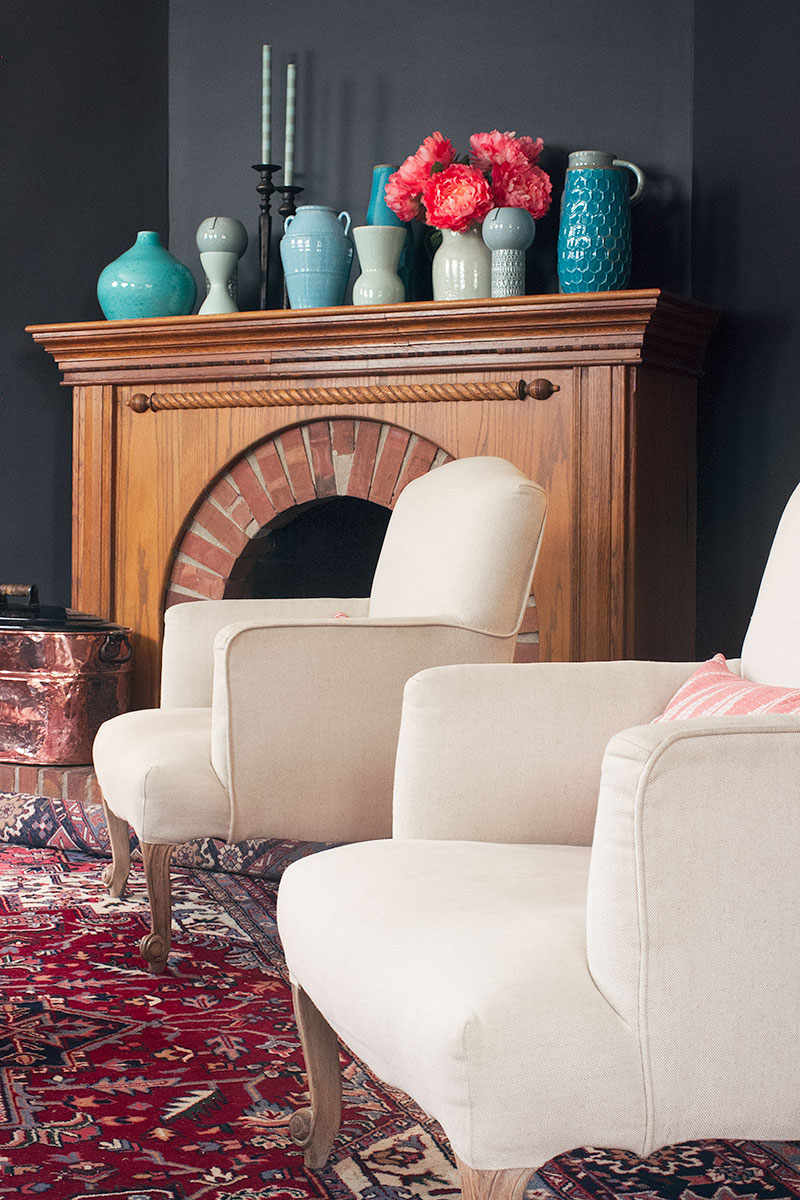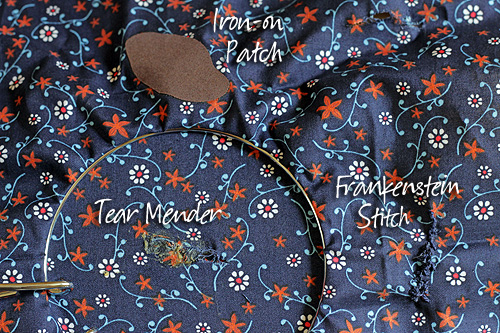
Reupholstering My Floral Chair with Calico
Sponsored by Calico I loved my loud floral armchair. It was a floor model, and there was a small rip…October 12, 2021
Protecting Our Upholstery
I am a compensated Scotchgard Brand blogger ambassador. Opinions are my own and additional products used in the project were…January 27, 2016
The Spruce Upholstery Book, and Plans for August’s Bed
I know how to upholster a simple chair seat. Years of Trading Spaces viewings taught me to start with a…November 12, 2013
How I Repaired a Tear in My Chair’s Upholstery
I wrote about the floor model chair that I picked up for half-off yesterday. It had a 2" tear along…August 4, 2011

Reupholstering My Floral Chair with Calico
Sponsored by Calico I loved my loud floral armchair. It was a floor model, and there was a small rip in the linen fabric when…

Protecting Our Upholstery
I am a compensated Scotchgard Brand blogger ambassador. Opinions are my own and additional products used in the project were selected by me. Remember the…

The Spruce Upholstery Book, and Plans for August’s Bed
I know how to upholster a simple chair seat. Years of Trading Spaces viewings taught me to start with a staple in the center, pull…

How I Repaired a Tear in My Chair’s Upholstery
I wrote about the floor model chair that I picked up for half-off yesterday. It had a 2″ tear along the top (not along a…
